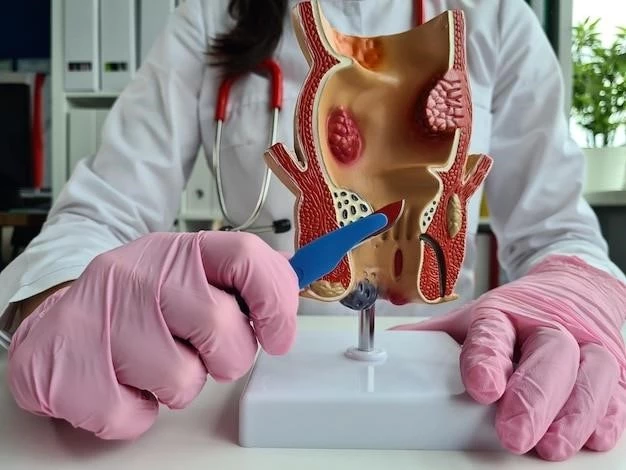Ankylostomiasis ౼ A Comprehensive Guide
Understanding the causes of Ankylostomiasis is crucial. The infection is typically caused by hookworm parasites that enter the body through the skin. It’s important to be aware of the various ways in which these parasites can spread.
Causes of Ankylostomiasis
Ankylostomiasis is primarily caused by hookworm infections. The two main species of hookworms that lead to this condition are Ancylostoma duodenale and Necator americanus. These parasites typically enter the human body through the skin, usually by walking barefoot on contaminated soil where hookworm larvae are present. Ingestion of contaminated food or water can also be a mode of transmission. Understanding these causes is essential in preventing the infection.
Symptoms and Diagnosis of Ankylostomiasis
Ankylostomiasis presents with various symptoms including abdominal pain, diarrhea, weight loss, fatigue, and anemia due to blood loss from hookworms. Diagnosis involves stool sample analysis to detect hookworm eggs or larvae. Blood tests may also reveal anemia and eosinophilia. Early detection is crucial for prompt treatment and management of the infection.
Treatment options for Ankylostomiasis
Treatment for Ankylostomiasis typically involves medications to eliminate the hookworm infection. Commonly used drugs include albendazole and mebendazole. These medications help kill the parasites in the intestines. It’s important to follow the prescribed treatment regimen and maintain good hygiene practices to prevent reinfection.
Prevention strategies for Ankylostomiasis
Preventing Ankylostomiasis involves practicing good hygiene habits. Avoid walking barefoot in areas where hookworm larvae may be present. Proper disposal of human waste and regular handwashing are essential. Wearing shoes, especially in areas with soil contamination, can significantly reduce the risk of infection. Additionally, deworming programs in endemic regions can help control the spread of the disease.
Ankylostomiasis in developing countries
In developing countries, Ankylostomiasis is a significant public health concern due to poor sanitation and limited access to healthcare. The lack of clean water sources and inadequate hygiene practices contribute to the high prevalence of the disease. Efforts focusing on improving sanitation, providing clean water, and implementing deworming programs are crucial in combating Ankylostomiasis in these regions.
Research and advancements in Ankylostomiasis treatment
Ongoing research is focusing on developing new treatment options for Ankylostomiasis. Scientists are exploring innovative medications and vaccines to improve efficacy and reduce treatment duration. Advancements in diagnostic techniques are also being made to enhance early detection. Collaborative efforts between researchers, healthcare professionals, and organizations are crucial in advancing the treatment strategies for Ankylostomiasis.
Global impact of Ankylostomiasis
Ankylostomiasis has a significant global impact, especially in tropical and subtropical regions. The disease contributes to high rates of anemia, malnutrition, and impaired growth, particularly in children. Economic productivity is also affected due to the morbidity caused by the infection. Addressing Ankylostomiasis on a global scale requires coordinated efforts to improve sanitation, provide healthcare access, and implement preventive measures.

Ankylostomiasis⁚ Understanding the parasitic infection
Ankylostomiasis is a parasitic infection caused by hookworms that can lead to various health complications. The hookworms enter the body through the skin, migrate to the intestines, and feed on blood, causing symptoms like anemia and fatigue. Understanding the lifecycle of hookworms and the modes of transmission is crucial in preventing and managing this parasitic infection.
